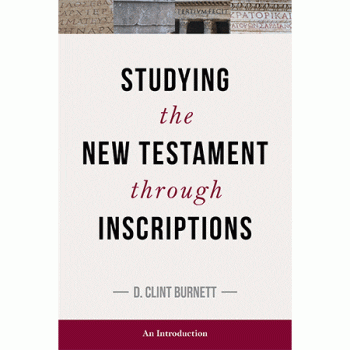I’m still mulling over my post about my unease with the category of “reconfiguration” and the like so oft used today. I’m currently writing on Galatians for my commentary in the Zondervan Story of God Commentary Series which has been lunched this month with Scot McKnight’s Sermon on the Mount and Lynn Cohick’s Philippians. So these are things at the forefront of my mind.
On my reading of it, based on Galatians 1:13-14, Paul did leave something behind as a consequence of his heavenly vision. But it was not Judaism. Paul did have a conversion, but it was not from Judaism to something else, say Christianity. By the way, for an excellent and assessable discussion of Paul as a convert find Scot McKnight’s essay “Was Paul a Convert?” in Ex Auditu for a few years ago.
What Paul turned from and rejected was his specific Pharisaic stream of Judaism. This Judaism was Torah centered, but configured around the traditions of the fathers, which made all the difference. In its place, Paul became a Messianic Jew, a Jew whose belief and practices are centered on a three-fold Torah (Moses, Prophets and Psalms – see Luke 24:44), but configured around the resurrected and reigning Messiah who has given his Spirit. And this made all the difference.
Let me put it like this: at the time of Paul there wasn’t a “pure” uninterpreted Torah which Paul can be said to have reconfigured. Drawing an analogy from the study of the Historical Jesus, just as there is no such thing as an “uninterpreted Jesus”—a Jesus unfettered from an interpretation, the “real Jesus”, likewise there is no such thing as a “real Torah”—a Torah in the abstract, a Torah in principle.











